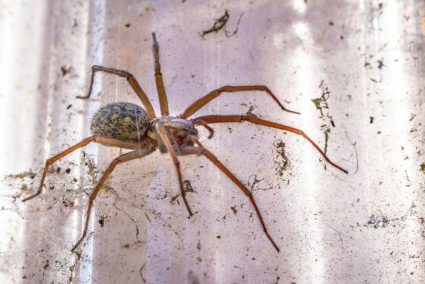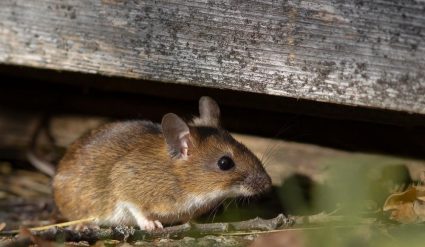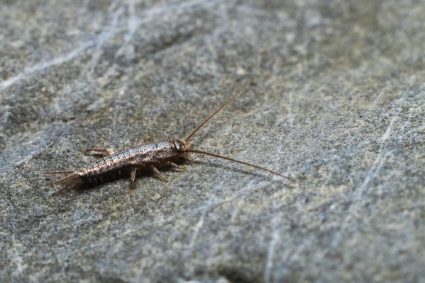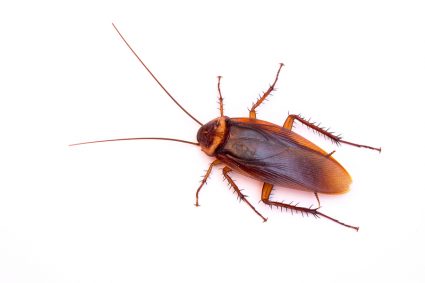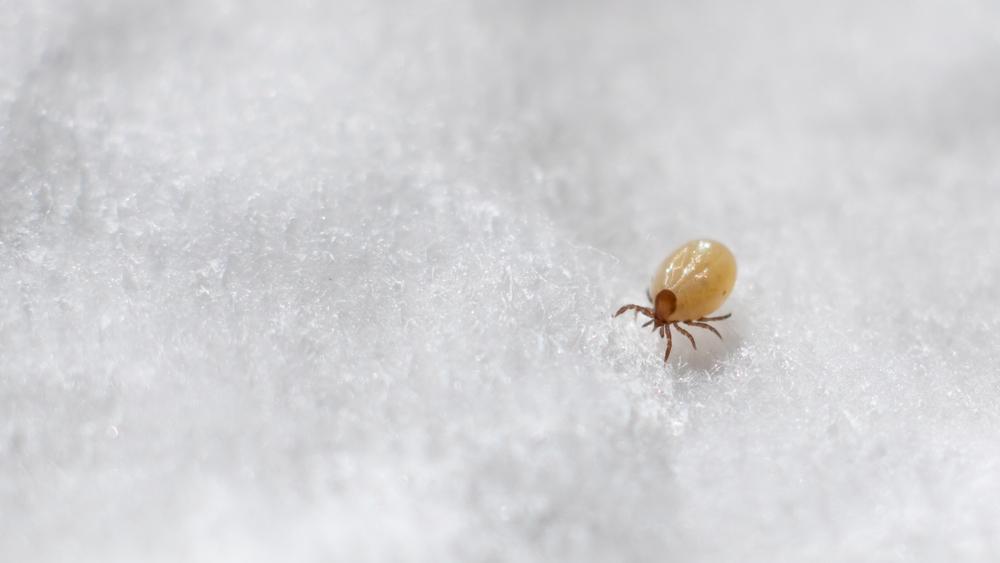
Springtails are tiny, wingless arthropods that thrive in damp and moist conditions. While they are harmless and do not bite or sting, they can be a nuisance when they infest homes, especially during periods of extended droughts or heavy rains. In this comprehensive guide, we will explore effective strategies to keep springtails out of your house and prevent future infestations.
To keep springtails out of your house, you need to control moisture levels, relocate houseplants to well-ventilated areas, seal cracks and gaps where they may enter, and maintain cleanliness around your home’s foundation. If springtails are already present, home remedies like vinegar, diatomaceous earth, and natural repellents can be used. If these measures are ineffective, consider contacting a professional pest control service.
Understanding Springtails
Springtails are typically found in leaf litter, decaying material, and moist soil, where they feed on decaying plant material, fungi, bacteria, and algae. They play a crucial role in controlling and disseminating soil microorganisms and are considered beneficial to the environment. However, they can become a problem when they infest homes, usually attracted by dampness and moisture.
Signs of a Springtail Infestation
Springtails are small and light-brown or gray in color, usually between 1-2mm in length. They are known for their distinctive jumping motion, which helps them escape from danger. If you notice small insects jumping around on walls, floors, and furniture, you could have a springtail infestation. They are often found in damp areas of the house, such as kitchens, bathrooms, and laundry rooms. In some cases, they may also be found crawling in the snow around the house during winter.
How to Prevent Springtail Infestations
Preventing springtail infestations involves reducing moisture and excess organic matter in and around your home. Here are some key measures to take:
Control Moisture
Springtails thrive in damp conditions, so it’s essential to limit moisture in your home. Avoid overwatering houseplants, use a dehumidifier to remove moisture from the air, and ensure your home’s pipework is in good condition.
Relocate Houseplants
Move houseplants to areas with better ventilation and sunlight to help dry out the soil and make the conditions unfavorable for springtails.
Seal Entry Points
Seal cracks, crevices, and gaps around the exterior and interior of your home to prevent springtails from entering.
Maintain Cleanliness
Keep leaves, grass, and other organic matter away from your home’s foundation. Fill any cracks in the foundation, even beneath the soil line, and ensure seals around windows and doors are tight.
Home Remedies for Springtail Infestations
There are several home remedies you can use to get rid of springtails:
Vinegar
Wipe down infested areas with vinegar, which has high acidity content that can burn and kill springtails.
Diatomaceous Earth
Sprinkle diatomaceous earth around areas where they might enter your home or in the soil of infested plants. This natural product can repel and kill springtails.
Natural Repellents
Use natural oils like neem oil, cedar oil, or essential oil solutions on infested areas to repel springtails.
When to Call a Professional
If home remedies are not effective, consider consulting a professional pest control service. These services can effectively manage and eliminate springtail infestations when combined with proper sanitation practices, moisture control, and sealing entry points.
In conclusion, while springtails are harmless to humans and pets, they can be a nuisance when they infest homes. By following the prevention measures and home remedies outlined in this guide, you can effectively keep springtails out of your house and prevent future infestations.
Frequently Asked Questions
What are springtails?
Springtails are tiny, wingless arthropods that are typically found in damp, moist conditions. They feed on decaying plant material, fungi, bacteria, and algae, and play a crucial role in controlling and disseminating soil microorganisms.
Are springtails harmful to humans or pets?
No, springtails are not harmful to humans or pets. They do not bite or sting, but they can be a nuisance when they infest homes, especially in damp areas like kitchens, bathrooms, and laundry rooms.
How can I identify a springtail infestation?
Springtails are small and light-brown or gray in color, usually between 1-2mm in length. They are known for their distinctive jumping motion. If you notice small insects jumping around on walls, floors, and furniture, especially in damp areas, you could have a springtail infestation.
How can I prevent a springtail infestation?
Prevention involves reducing moisture and excess organic matter in and around your home. This can be done by controlling moisture, relocating houseplants to areas with better ventilation and sunlight, sealing entry points in your home, and maintaining cleanliness around your home’s foundation.
What home remedies can I use to get rid of springtails?
Home remedies include wiping down infested areas with vinegar, sprinkling diatomaceous earth around potential entry points or in the soil of infested plants, and using natural repellents like neem oil, cedar oil, or essential oil solutions on infested areas.
When should I contact a professional pest control service?
If home remedies are not effective in managing the springtail infestation, you should consider consulting a professional pest control service. They can effectively manage and eliminate springtail infestations when combined with proper sanitation practices, moisture control, and sealing entry points.

